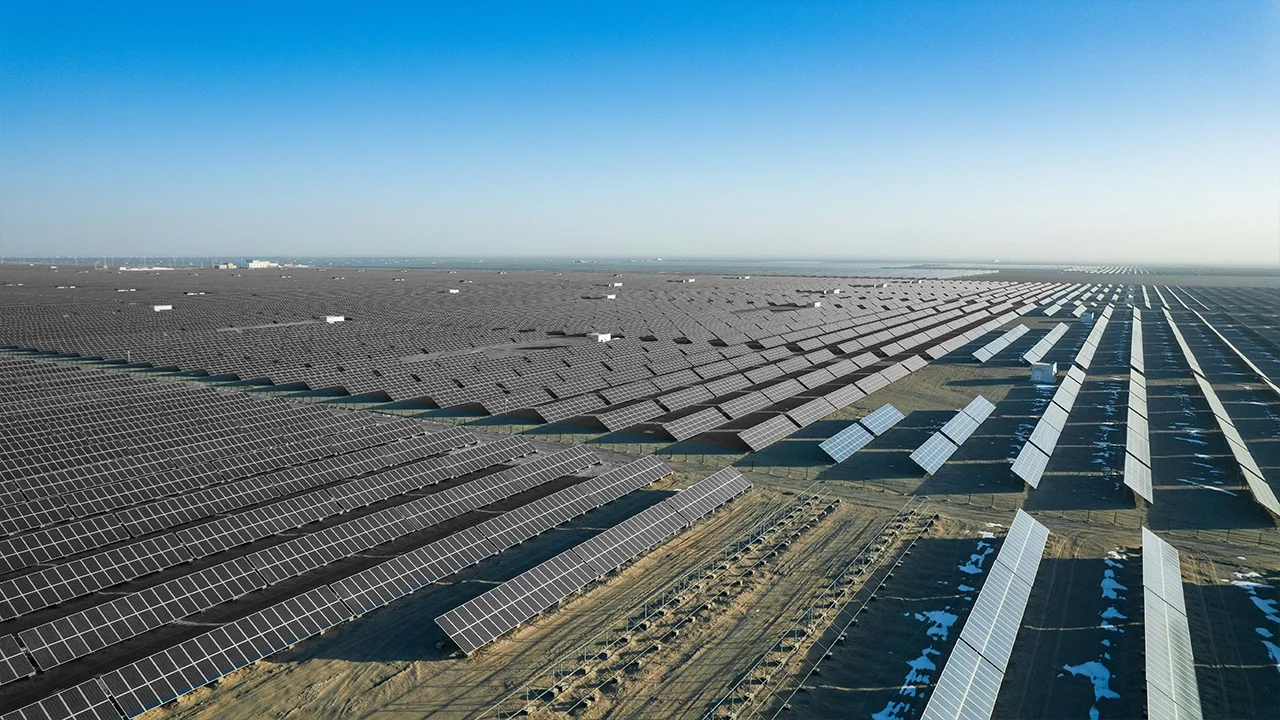
Ernst & Young’s energy and resources report highlighted that solar power, despite economic challenges like inflation, stands out as the most cost-effective option in many markets. Globally, the average cost of electricity production for solar is 29% less than the cheapest fossil fuel alternative. Additionally, significant progress is being made in the cost competitiveness and sophistication of large-scale energy storage.
The average levelized cost of electricity (LCOE) for solar energy has declined globally, dropping from over $400 per megawatt-hour (MWh) in the early 2010s to around $49 per MWh in 2022. This signifies an impressive 88% reduction. Similarly, wind power has seen a significant decrease of approximately 60% during the same timeframe.
According to Ernst & Young’s predictions, solar and wind energy will become the primary sources of global baseload electricity. By 2030, these traditional renewable sources will constitute 38% of the overall energy mix. This figure will increase to 62% by 2050. The driving forces behind a 53% increase in solar and wind generation will be China, Europe, and the United States, collectively contributing to over 57% of the global output by 2050.
EY highlights the prospect of a significant solar boom on a global scale. The solar-generated power will become the predominant energy source in countries like the United States, Oceania, and South Asia. This shift is due to the rapid advancements in technologies in solar photovoltaic (PV) modules.
Challenges for Renewable Energy
EY emphasizes that achieving these significant milestones in renewable energy will require overcoming substantial obstacles. In the United States, a backlog of grid interconnection applications is leading to delays, cancellations, and substantial incurred costs. According to the EY report, the U.S. currently has a backlog of at least 1,350 GW of wind and solar capacity. It also includes 680 GW of storage awaiting connection. This backlog is substantial enough to potentially double the country’s electricity supply.
In a survey involving over 70,000 global consumers, EY showed a robust positive trend toward the adoption of residential solar. Approximately 62% of the respondents said that they either have already purchased or contemplating the purchase of solar panels. Additionally, 50% were considering or have already invested in battery storage. EY’s consumer index report concluded with consumer confidence trends, exploring attitudes toward solar energy, home electrification, and electric vehicles.
